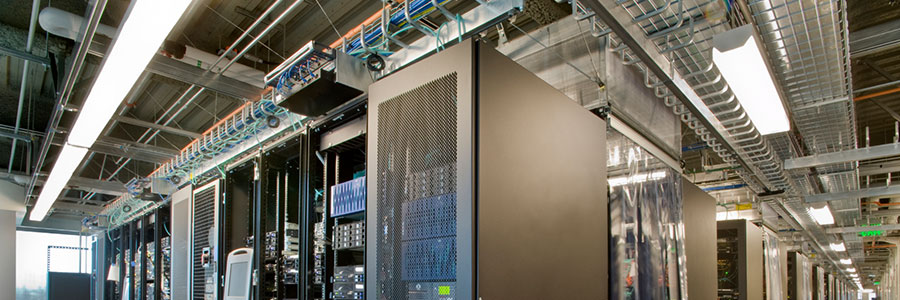Wireless networks are a cornerstone of modern businesses. From answering emails and running data-heavy applications to hosting conference calls, nearly every aspect of your work depends on fast, reliable Wi-Fi.
But what happens when your wireless network starts holding your business back and slowing productivity? What signs should you look for? And how do you know when it’s time for a full upgrade to keep your workplace running smoothly and securely?
To help you answer these questions, we’ll explore seven key indicators that suggest your business Wi-Fi may need an upgrade.
Frequent connection drops and slow speeds
When your Wi-Fi constantly cuts out or slows down, it disrupts your team’s ability to work efficiently. Tasks that should take seconds — such as opening emails, accessing shared files, or running cloud-based applications — end up taking much longer, leading to delays and growing frustration.
Customers can feel the impact too. Slow response times and unreliable connections reduce service quality, leading to dropped calls and a poor experience that may push clients to seek alternatives.
Frequent connectivity problems are one of the most obvious signs that your wireless network can no longer meet your business’s needs and may require a significant upgrade.
Too many devices on your wireless network
Consider how many devices are connected to your office Wi-Fi at any given time, such as smartphones, tablets, laptops, printers, and even IoT-enabled gadgets. Each one consumes bandwidth as it sends and receives data. The more devices you add to the network, the greater the strain on it.
If your current network wasn’t designed to handle this level of traffic, you’ll likely notice slower speeds, frequent disconnects, and lag throughout the day. These issues indicate your network is struggling to keep up with the number of devices and it may be time to consider an upgrade.
Poor coverage in key areas
Are there places in your office where the Wi-Fi just doesn’t work? Perhaps a meeting room where video calls constantly freeze or a corner with no signal at all? These frustrating dead zones are often the result of several factors, including underpowered routers, building materials that block signals, or a network layout that leaves critical areas uncovered.
When employees can’t stay connected, their productivity suffers. Persistent dead zones are a clear sign it’s time to upgrade your wireless network to deliver strong, reliable coverage throughout your entire workspace.
Security breaches
Older wireless networks often contain known vulnerabilities that make it easier for hackers to break in and access sensitive information. Even if a full breach hasn’t occurred, warning signs such as frequent malware alerts (even when they’ve been resolved) or suspicious login activity should not be ignored.
These minor breaches — while less severe than a major data breach — signal that your network no longer meets today’s security standards.
Lack of manufacturer support
If your network equipment is no longer supported by the manufacturer, that’s a clear warning sign. Without ongoing support, your hardware stops receiving critical updates, leaving it vulnerable to bugs, compatibility issues, and security threats.
While a complete upgrade to the latest technology may not always be necessary, you must at least invest in equipment that still receives long-term support and regular updates. This ensures your network remains stable and secure.
Lack of new features
A network that can’t support modern features is holding your business back. Without access to advancements such as faster speeds and adjustable bandwidth allocation, your team misses out on tools designed to boost performance and streamline operations.
Upgrading to current technology equips your network with the flexibility and capabilities to meet both today’s needs and future demands.
Your business has grown
Business growth is a sign of success, but it often increases the demand on your wireless network. Onboarding more employees, opening new locations, and using data-heavy tools all increase the load on existing infrastructure, including your wireless network. When your Wi-Fi can’t handle the load, connectivity issues become more common.
As your business grows, it’s important to assess whether your current network can handle the increased traffic and usage. Depending on what you find, it may be time to upgrade to a solution that scales with your needs.
If you’re seeing these signs but aren’t sure how to move forward with a network upgrade, it helps to speak with someone who truly understands wireless infrastructure, like the experts at Refresh Technologies.
With hands-on experience and deep technical knowledge, Refresh designs and supports wireless networks that are reliable, secure, and built to meet real business needs. Contact us today to start a conversation about improving your network.
